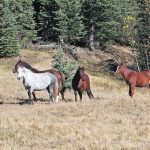The management framework will allow licensed culls under certain circumstances but also includes adoption programs
A plan that the Alberta government says will use science to sustainably and humanely manage some of the largest populations of feral horses in Canada is a step in the right direction, said a rancher. “I think those horses have earned the right to be here,” said Bryn Thiessen of the Helmer Creek Ranch west […] Read more Livestock Management
Livestock Management
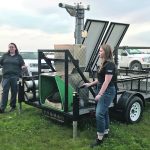
Research takes closer look at methane emissions
Study uses unique technology to measure the link between feed efficiency and enteric methane emissions in beef cattle
Feeding canola oil to beef cows could be one way to reduce their enteric methane emissions and increase feed efficiency. University of Guelph researchers adopted unique technology to investigate the link between feed efficiency and enteric methane emissions. Feed-efficient cattle reduce farmer costs, and lower enteric methane can help with greenhouse gas emission issues, creating […] Read more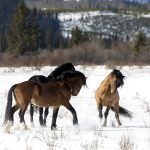
Alta. group questions results of province’s horse survey
Help Alberta Wildies Society says a 51 percent increase in feral horse numbers is too high and is misleading the public
A wild horse advocacy group says reports of a 51 percent increase in free-roaming horses in a key area of Alberta’s Eastern Slopes is based on misleading surveys by the provincial government. The inflated numbers in the Sundre Equine Management Zone place the population near a level where action must be taken to prevent it […] Read more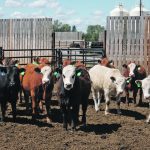
Procedures in place for animal research

System measures grass from space
Two Irish technology companies use satellite imagery to help livestock producers track how well their grass is growing
Grassland farming has taken on a whole new dimension with a technology that accurately measures the height of grass from space. The innovation was developed in Ireland earlier this year by two technology companies, Origin Enterprises and Aspia Space. The goal was to find ways to increase farm productivity, operational efficiency and profitability. “At Origin […] Read more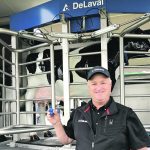
System delivers dairy data every 2.2 seconds
Connecting data to the cloud rather than to on-site computers helps producers increase the speed of data interpretation
DeLaval has launched its Plus Behavior Analysis tool, designed to monitor cow behaviour and herd health. The company’s North American business development manager, Sjenk Van Soelen, said the most significant enhancement is the near real-time nature of DeLaval Plus monitoring abilities. Newly developed ear tags send updates to the barn computer and onto the DeLaval […] Read more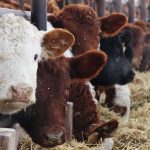
Microbiome helps understand bovine respiratory disease
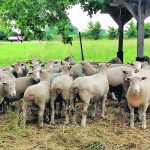
Colombia opens door to small ruminant exports
Frozen semen can now be exported to the South American country from flocks not participating in the scrapie program
Canadian sheep and goat farmers now have more access to export markets with a recent approval to ship frozen semen to Colombia without the need for scrapie risk certification. That’s in addition to the agreement two years ago that allowed embryos and live small ruminants access to Colombia. Live animals and embryos have to come […] Read more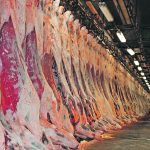
Beef imports from Europe and U.K. on the decline
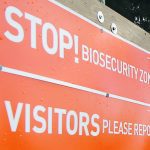



 Livestock Management
Livestock Management